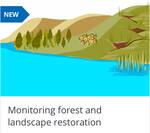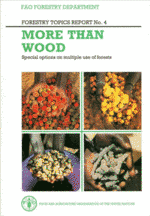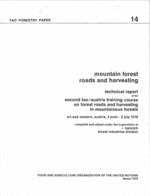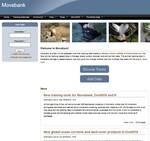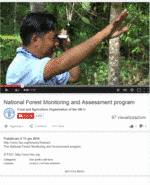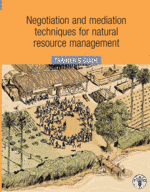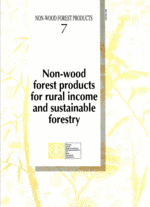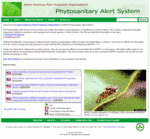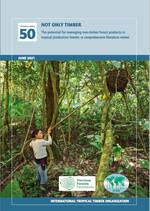Tools
A tool is a resource that supports and guides the implementation of SFM. This section includes all the tools available in the SFM Toolbox, which can be in form of publications, e-learning videos, software etc.
You can browse the Tools through keywords in the free search box or you can narrow the search using the filters on the right side of the page.
As countries work to meet their national commitments to restoring degraded landscapes, it is important that all FLR interventions have manageable monitoring systems in place, to assess progress towards specific goals, support adaptive management and ensure transparency. This course has been developed to equip practitioners with the capacity to design,...
This report describes and discusses the use and development of products other than wood derived from forests and forest lands, in the overall context of multiple-use forestry for sustainable development. It presents a wide range of examples of these non-wood forest products in terms of their use and potential as...
The second FAO/Austria training Course on Mountain Forest Roads and Harvesting was held in the Forestry Training Centre of Ossia and Ort, Austria, from 3 June to 2 July, 1978. The Course was organized by FAO in cooperation with the Austrian Government, at the Forestry Training Centres at Ort and...
This free online database of animal tracking aims to support animal tracking researches to manage, share, protect, analyse, and archive their data. Through this database animal movement recorded by animal trackers worldwide can be explored, information that can be used for future use enabling collaboration between researchers, students, conservation organizations...
This video is an introduction to the National Forest Monitoring and Assessment (NFMA) program and its scope.
This guide looks at how negotiation and consensus building can be used to manage conflict and build collaboration. The guide provides practical, step-by-step advice on working with many different stakeholders to reach mutually satisfactory agreements in collaborative natural resources management. As such, it is concerned with people's livelihoods - their...
This trainer’s guide contains learning activities for training in natural resources conflict management. As the second part of a series of training materials for natural resources conflict management, it complements the contents of the conceptual guide Negotiation and mediation techniques for natural resources conflict management.
The guide is designed for...
This volume outlines the approaches for assessing the potential of NWFP activities in a particular area. It is mainly addressed to policy-makers, researchers, local extension workers, NGOs and others professionals to identify and pursue possibilities for better management of NWFPs. It is hoped that through better assistance and support, community-level...
The Phytosanitary Alert System (PAS) provides up-to-date information on pest situations of significance to North America. This system is intended to facilitate awareness, detection, prevention and management of exotic species in North America. The PAS provides this information in form of: Official Pest Reports or Unofficial Alerts.
"Official Pest Reports"...
Non-timber forest products (NTFPs) are goods originating in forest that are not directly related to timber production; the term encompasses any product harvested - formally or informally - in the forest other than timber. This literature review explores the case for multiple-use forest management in natural tropical production forests in...

